Photos of science that will change your perspective of the world
Science should not be simply the pursuit of dry facts. Some of the images captured in the course of scientific exploration are beautiful and perspective-changing.
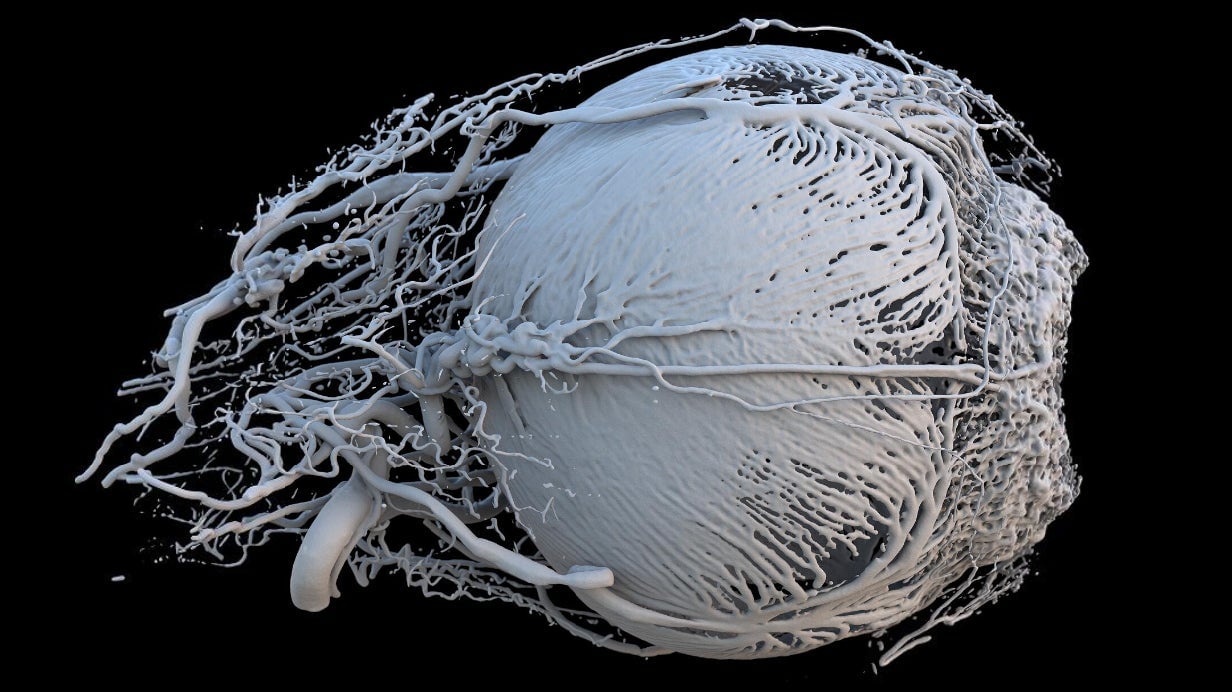

Science should not be simply the pursuit of dry facts. Some of the images captured in the course of scientific exploration are beautiful and perspective-changing.
Each year, the biomedical charity Wellcome Trust awards those who create such images. Here is a list of Quartz’s favorite images from the 2017 winners of the Wellcome Image Awards:
Hawaiian bobtail squid
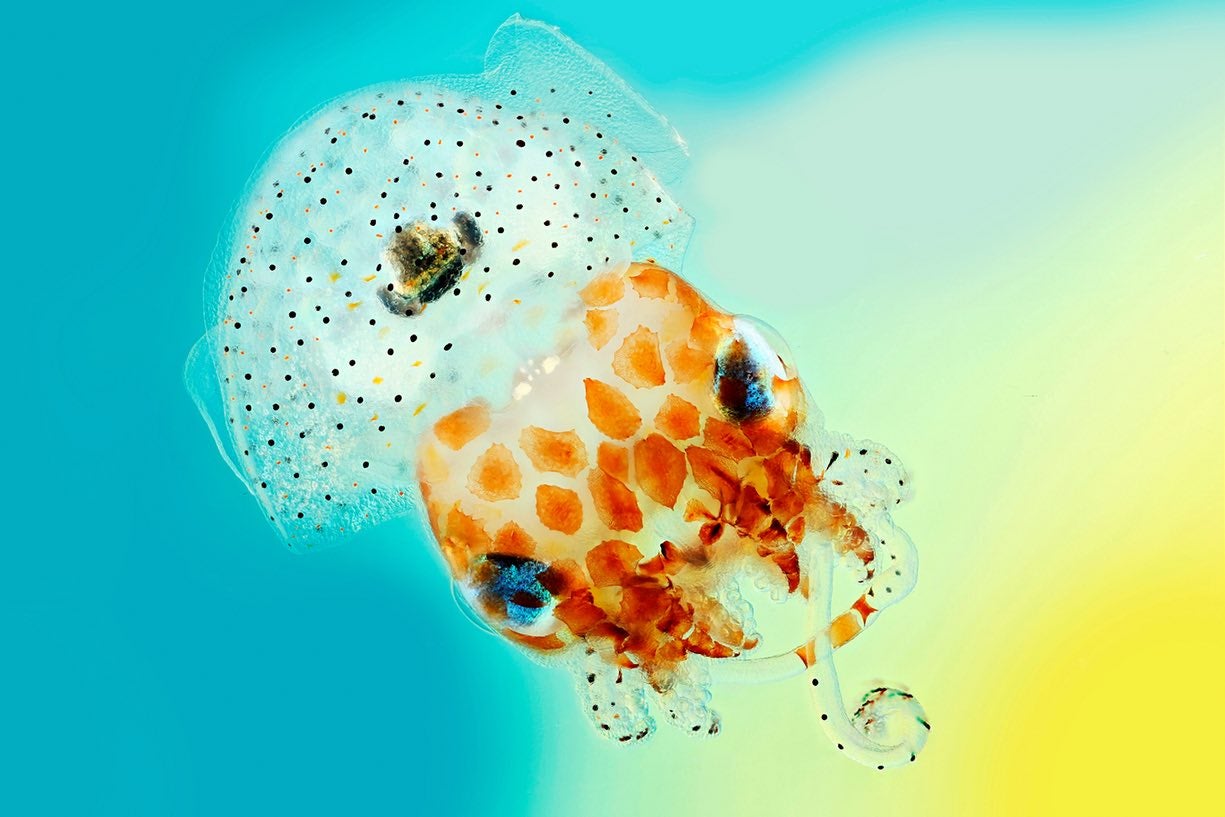
The Placenta Rainbow
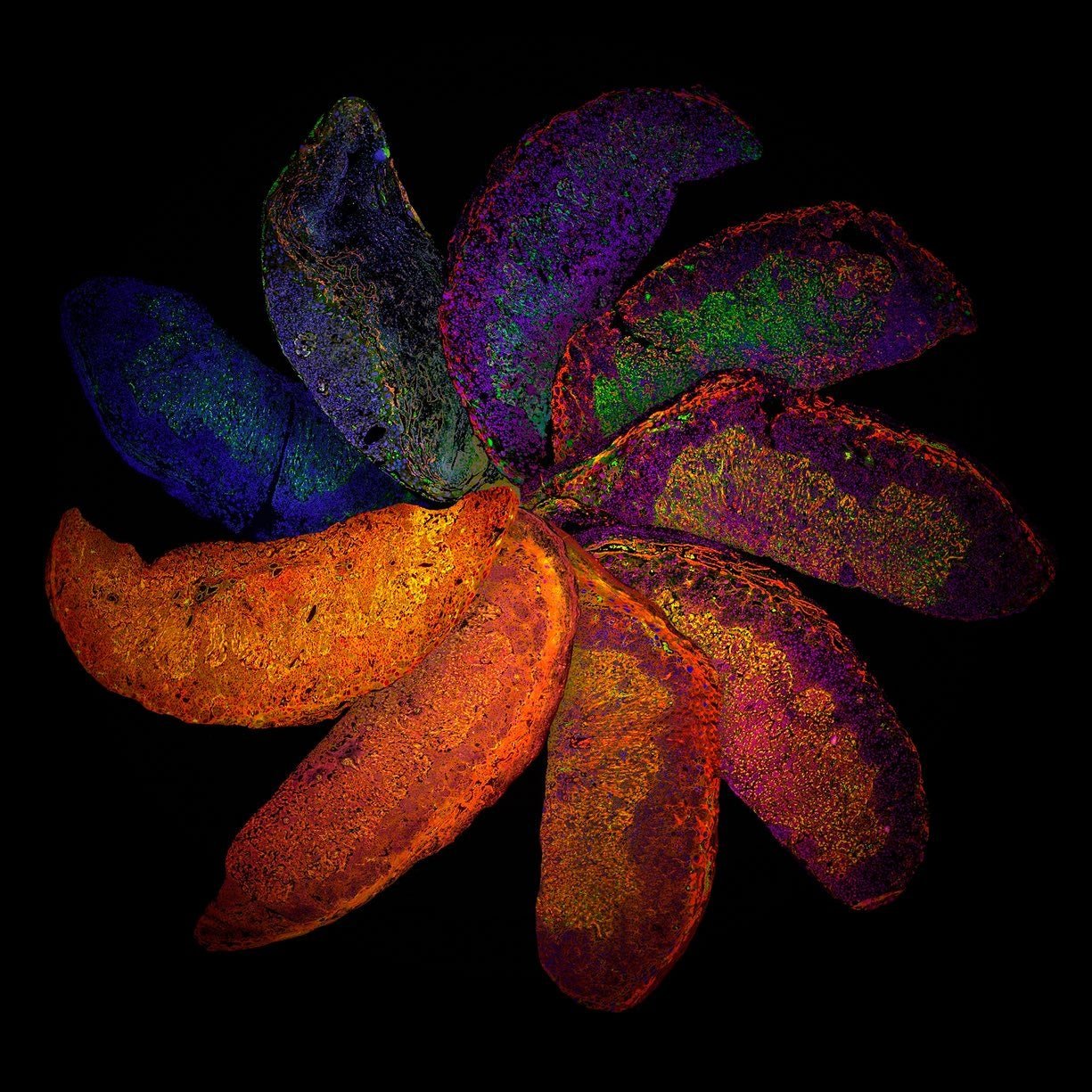
Cat skin and blood supply
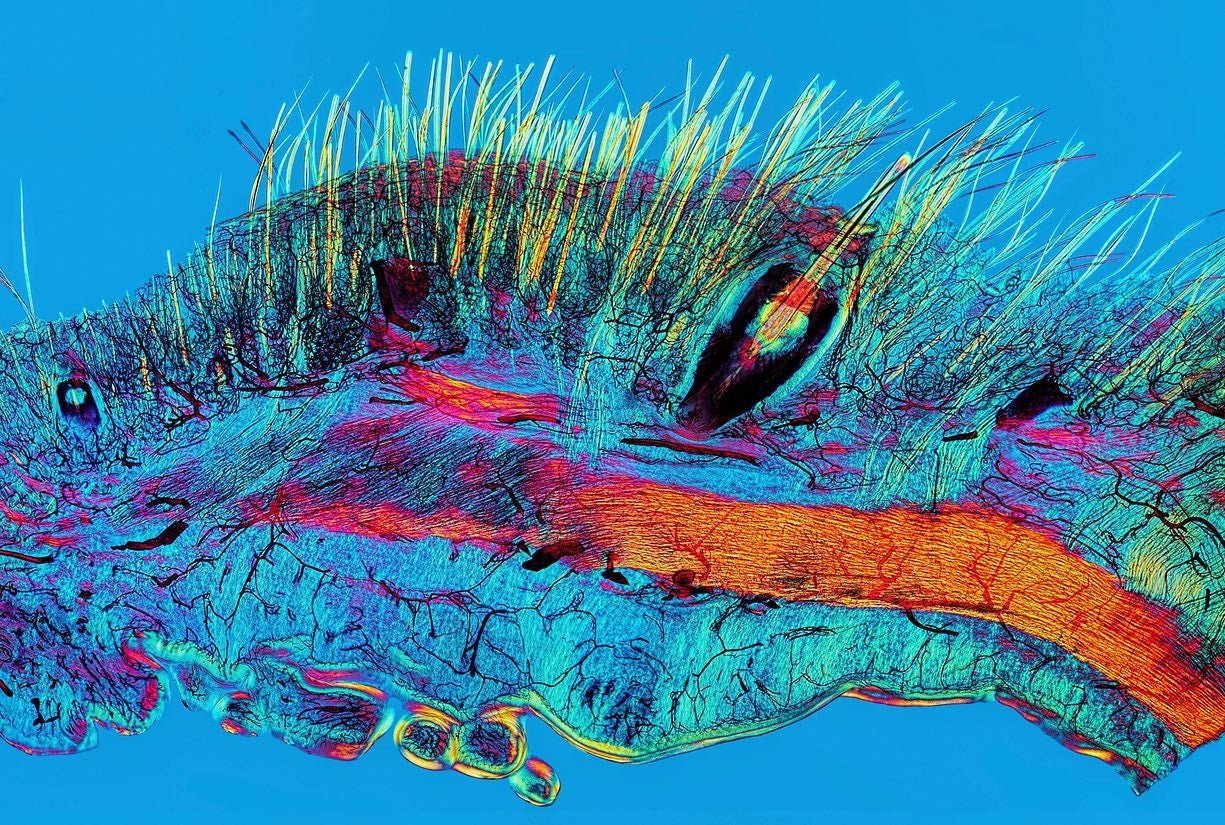
Surface of a mouse retina
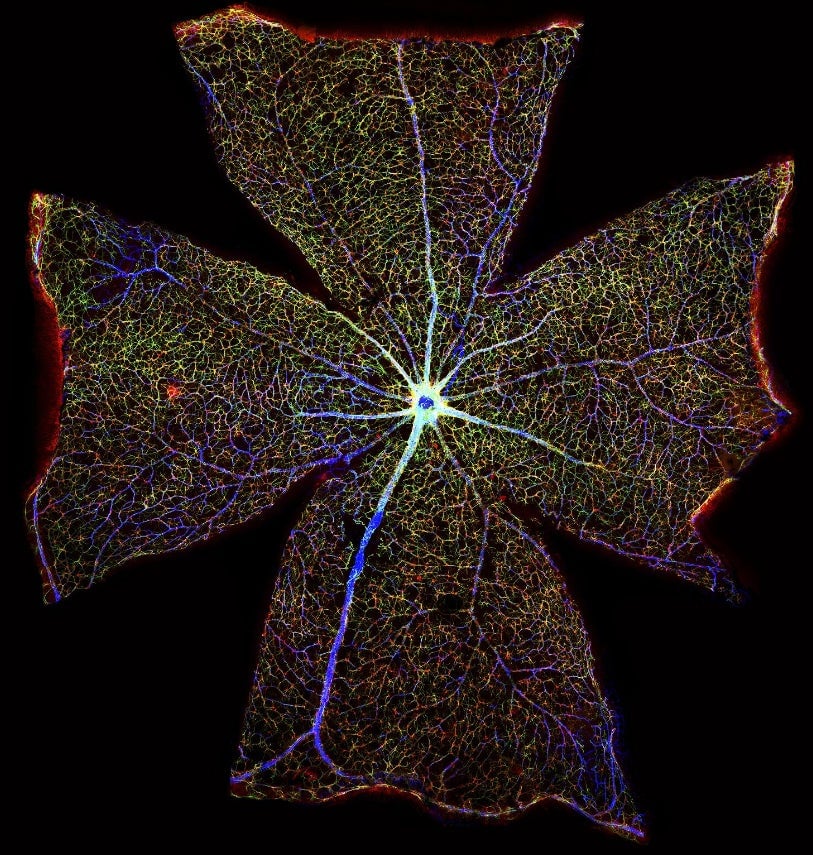
Zebrafish eye and neuromasts
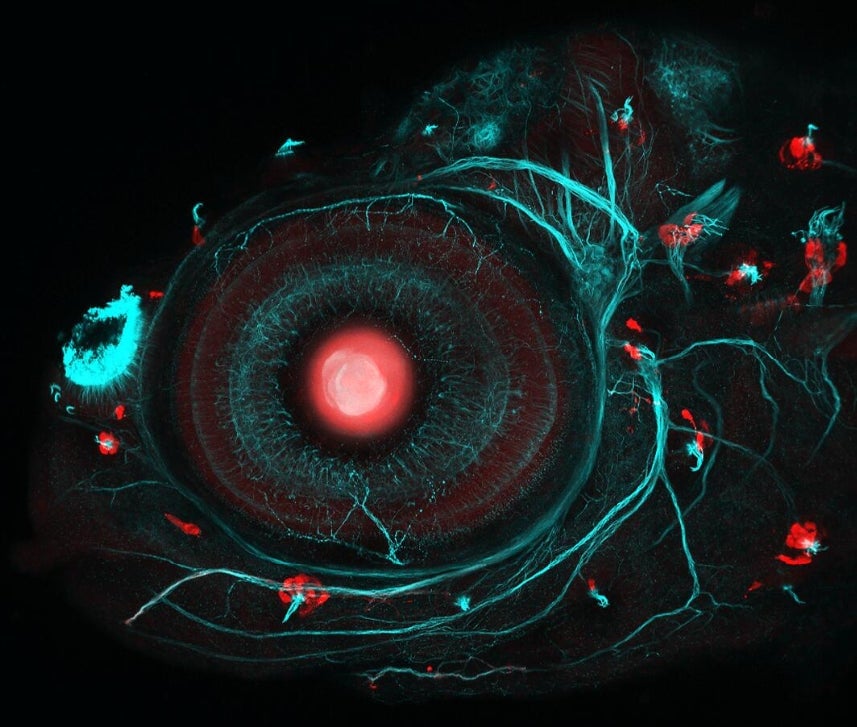
Pigeon thermoregulation

You can see the other winning entries in the Wellcome Image Awards here.